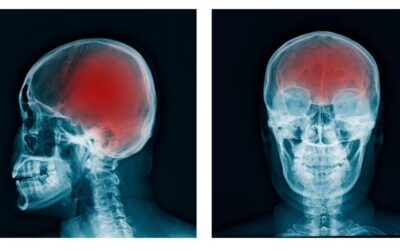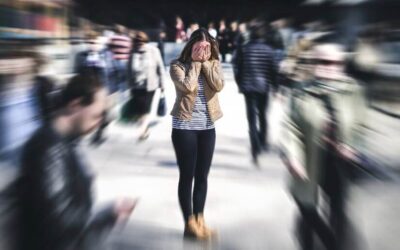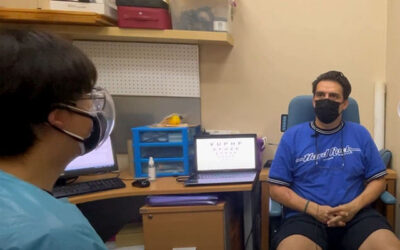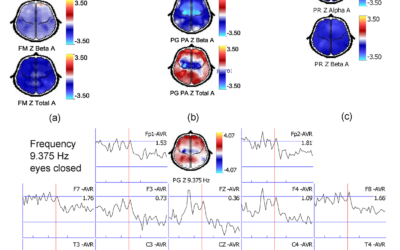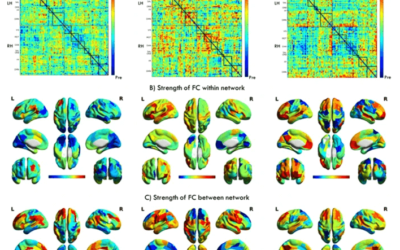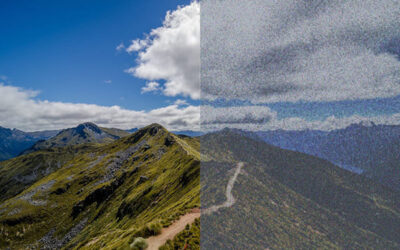RESEARCH
EXPLORING NEW FRONTIERS IN VISION CARE
At Neuro Vision Specialist, we are dedicated to advancing the frontiers of vision care through innovative research. This site serves as a gateway to our latest studies, findings, and innovations in the field of neuro-optometry and vision therapy. Our research is an immersive journey into the complex realms of neuroscience and vision. With a commitment to unraveling the brain’s intricate connections to sight, we engage in comprehensive studies that enrich our understanding of these fields. We aim to offer new perspectives on perception and interaction with our surroundings. Join us in this enlightening exploration of neuroscience, where we aspire to enhance lives with our innovative insights and thoughtful analyses.
Vision Problems After Concussions
In Malaysia, traumatic brain injury (TBI), often caused by car accidents, is a major cause of death, especially in individuals under 45. TBI can lead to Post Trauma Vision Syndrome (PTVS), characterized by symptoms like dizziness, eye coordination problems, headaches, and reading difficulties. PTVS, resulting from concussions, affects various aspects of vision and balance, leading to ocular motor and binocular dysfunctions as well as convergence and accommodative dysfunctions. Treatment typically involves Neuro-Optometric Vision Rehabilitation, focusing on improving eye movement control, brain-eye coordination, and visual information processing, which helps alleviate these symptoms.
Vision Issues Triggering Anxiety Disorders
Binocular Vision Dysfunction (BVD), often resulting from traumatic brain injury (TBI), is a common condition that disrupts the brain’s ability to merge the two distinct images each eye sends, leading to symptoms like double vision, dizziness, and anxiety. These symptoms can be severe, causing panic attacks and even agoraphobia, and may significantly impact daily functioning and performance at work or school. While traditional anti-anxiety medications might not be effective for BVD-induced anxiety, treatment usually involves prism spatial lenses and possibly neuro-optometric rehabilitation to realign vision and improve eye-brain communication. If experiencing anxiety, a comprehensive eye and vision evaluation is essential, as undiagnosed vision problems like BVD can greatly affect quality of life.
Success Story Of Double Vision Without Prism
Double vision can be a daunting aftermath of a stroke, leaving individuals like Willem searching for solutions to restore their sight. In search of a speedier resolution, Willem turned to our Neuro Vision Specialist, renowned for its innovative approach to vision rehabilitation. Here, he embarked on a tailored program, designed to harness the brain’s plasticity and accelerate the healing process. Through personalized therapy sessions and cutting-edge techniques, Willem began to see the world more clearly.
Exploring the Effects of Light Therapy on Strabismus and Amblyopia and Its Impact on Brain Activity
Recent studies have increasingly demonstrated the effectiveness of light therapy in treating strabismus and amblyopia, particularly focusing on Syntonic Light Therapy. These studies involve monitoring brain activity and visual performance before and after Light...
Different Wavelengths of Light Impact Various Regions of The Brain In Unique Ways
This groundbreaking study sheds light on how different wavelengths can specifically target and influence brain regions, extending beyond visual processing. The research highlights the potential of monochromatic light exposure in positively impacting a range of health issues, from spring asthenia and disrupted circadian rhythms to more complex conditions like bipolar disorder and Alzheimer’s disease. It also cautions the necessity of professional supervision in the application of syntonic light therapy, underscoring its precision and care in use
Visual Snow Symptoms
Visual snow, where individuals perceive flickering dots or static in their vision, can significantly disrupt daily life and lower quality of life. Its exact cause, linked to brain processing anomalies, remains elusive. To alleviate symptoms, tinted lenses have been effective, though their exact functioning is still being studied. Another promising treatment is light therapy syntonic, which exposes patients to specific light wavelengths, potentially recalibrating how the brain and retina process visual information, thereby reducing visual snow symptoms. Some patients have seen marked improvements with light therapy syntonic alone. Treatment effectiveness varies, so it’s crucial to consult a healthcare professional before starting any new therapy.

